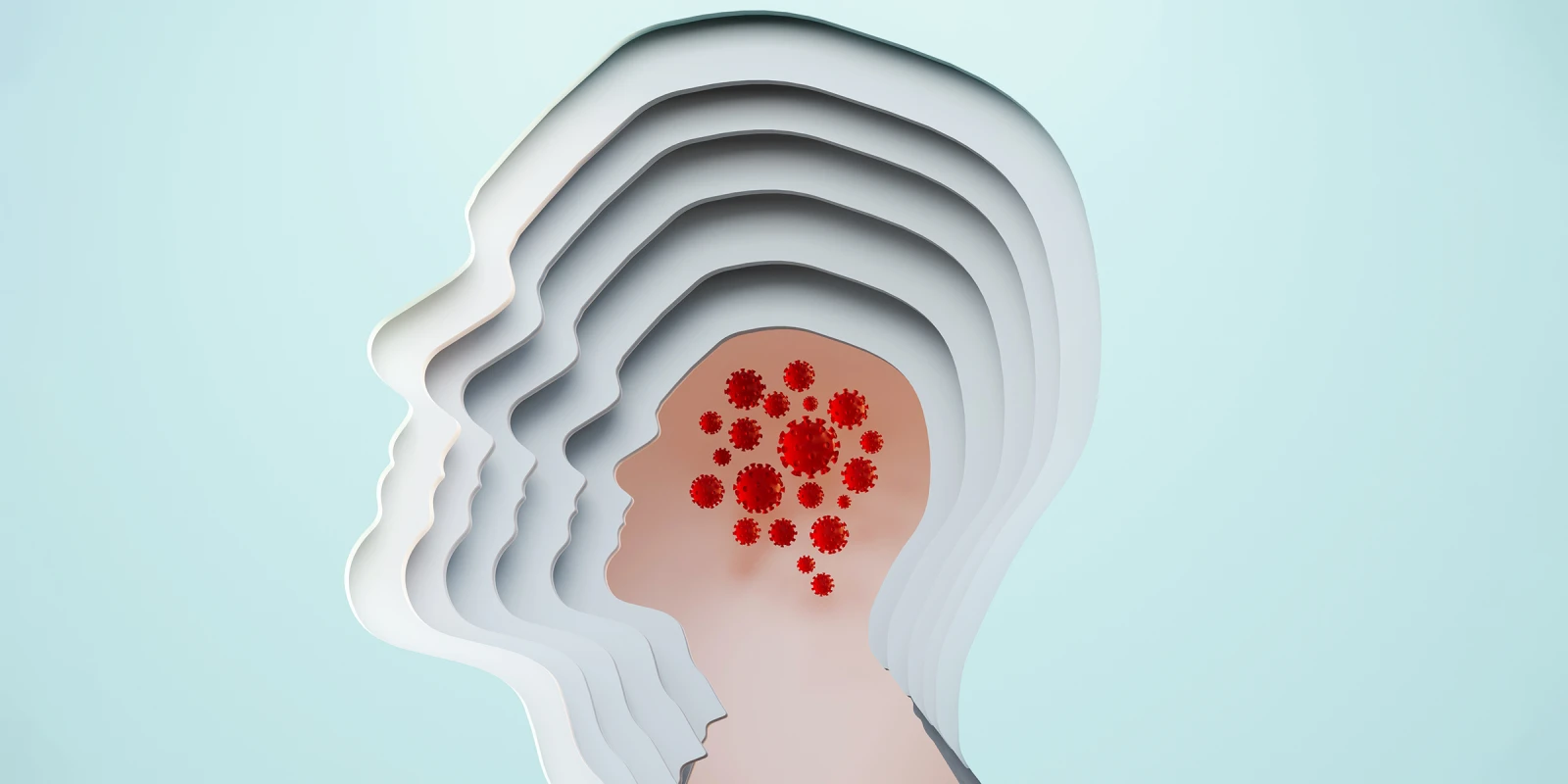I am Dr. Teshamae Monteith, an Associate Professor of Clinical Neurology at the University of Miami, Miller School of Medicine. I will be giving a talk, along with Dr. Stephanie Nahas, Associate Professor of Neurology at Thomas Jefferson University, called Introduction to Primary Headache Disorders: Trigeminal Autonomic Cephalalgias and Other Primary Headaches, Including New Daily Persistent Headache, Cough, Exercise, and Thunderclap Headaches at this year’s American Academy of Neurology Annual Meeting. During my virtual talk, attendees should be looking for updates on the primary headache disorders other than migraine diagnosis from the last International Classification of Headache Disorder, now in its third edition. While migraine is a common and disabling problem, there are several primary headache disorders that are often associated with diagnostic delays. In addition, important secondary conditions must be ruled out and personalized treatment options should be considered.
I hope attendees will come away with recognizing clues to the diagnosis of both common and uncommon non-migraine primary headaches disorders such as New Daily Persistent Headache, cough, and the various forms of exertional headache and other primary headaches. In a case-based approach, attendees will learn about conditions such as primary exertional headache and sex headache, as well as ways to address patient concerns with effective treatment options. After the session, attendees should feel comfortable in distinguishing the different forms of trigeminal autonomic cephalalgias (TACs), ruling out secondary disorders that may present as TACs, and treating patients appropriately. In addition, attendees should be able to diagnosis thunderclap headache, and consider reversible cerebral vasoconstriction syndrome, as well as other secondary causes.
I am personally interested in getting an update on the neurological manifestation of COVID-19 infection. There is still so much we don’t know, including the impact the virus has on the course of neurological disorders and treatment. Moreover, I hope to understand the neurological considerations of the so-called "long hauler syndrome." I am really looking forward to hearing Drs. Anthony Fauci and Walter Koroshetz talk, directors of the NIAID and NINDS respectively. I am also interested in a number of the scientific presentations, including reports from randomized controlled studies and long term studies on the safety and efficacy of calcitonin gene-related peptide (CGRP) inhibitors. I plan to review the ADVANCE study, which investigates the use of atogepant for migraine prevention. I will hear results from intranasal zavegepant, the first intranasal CGRP small molecule receptor antagonist for the acute treatment of migraine. An inhaled delivery method of DHE was previously presented with exciting results in previous years but never came to market, leaving a clinical void. However, the results of STOP 301, a long-term, open label study on Precision Olfactory Delivery of dihydroergotamine in acute migraine treatment will be presented. I also look forward to the abstract Real-World Evidence for Control of Patients With Chronic Migraine Who Received Calcitonin Gene‒Related Peptide Monoclonal Antibody Therapy Added to OnabotulinumtoxinA Treatment. Studies like this are important because we need more data to validate what we do in clinical practice. Other exciting non-pharmacological studies that will be presented include is the Mindfulness Meditation vs. Headache Education for Migraine: A Randomized Clinical Trial, Vegetables and Fruits Intake and Brain in Pain Quantification of Vegetables and Fruits Servings in Migraine Patients at Large Tertiary Headache Center, and Medication Overuse Headache in Chronic Migraine Patients Using Cannabis: A Case-Referent Study.
Looking over the program, I believe this year’s American Academy of Neurology annual meeting promises to not only educate but fascinate by modern means. It may just be one of the most memorable conference experiences we have had in a long time. Attendees can get the most out of the virtual conferences by downloading the slides and the summaries for reference beforehand. In addition, many of the sessions will have an interactive question and answer session that will allow for enhanced dialogue. Do not be afraid to use the chat feature to ask your most pressing questions. It is also a way to follow the additional questions and comments from other attendees. Lastly, there are several networking opportunities to keep engaged. Please sign up for twitter and follow the hastag #AANAM to stay up to date.
Teshamae Monteith, MD, FAHS, FAAN is an Associate Professor of Clinical Neurology and Chief of the Headache Division at the University of Miami, Miller School of Medicine in Miami, Florida.







